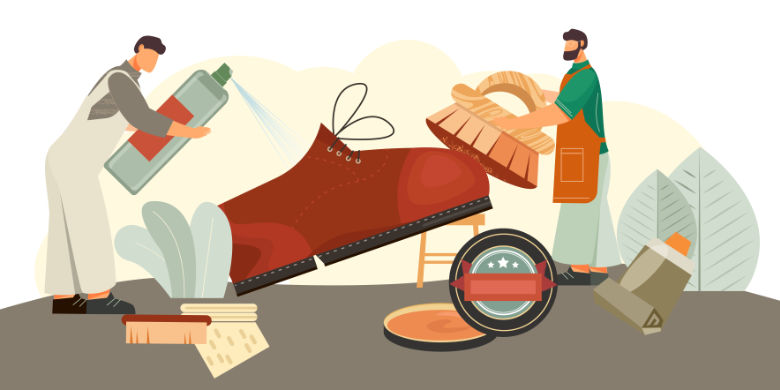A Comparative Analysis and the Importance of Recycling and Using of Animal Leather.
Leather, a timeless material cherished for its durability and luxurious feel, has been an integral part of human history for centuries. However, in recent years, a rising awareness of animal welfare, environmental concerns, and ethical considerations has given rise to an alternative known as vegan leather. In this text, we will delve into the characteristics of traditional and vegan leather, and shed light on the crucial importance of recycling animal leather.
Traditional leather, made from the hides of animals such as cows, goats, and sheep, has long been favored for its natural strength, flexibility, and aesthetic appeal. The process of tanning transforms raw animal hides into a durable material that can be used in various industries, including fashion, furniture, and automotive. However, traditional leather production poses significant environmental challenges. The tanning process involves the use of harmful chemicals, such as chromium, which can pollute water sources and pose health risks to workers. Additionally, raising animals solely for their hides contributes to deforestation, greenhouse gas emissions, and the depletion of natural resources.
In contrast, vegan leather, also known as synthetic leather or faux leather, is designed to mimic the appearance and texture of traditional leather without using any animal products. It is typically made from materials such as polyurethane (PU) or polyvinyl chloride (PVC), or from natural fibers like pineapple leaves or mushroom mycelium. Vegan leather has gained popularity due to its lower environmental impact and its alignment with ethical considerations. It reduces the demand for animal farming, which leads to less deforestation, greenhouse gas emissions, and animal cruelty.
While the advent of vegan leather offers a more sustainable and compassionate alternative, it is essential to address the issue of animal leather waste. Every year, millions of animals are slaughtered for their hides, resulting in a significant amount of animal leather being discarded. This waste poses a considerable environmental burden if not properly managed. However, recycling animal leather can mitigate these negative effects and bring about valuable benefits.
Recycling animal leather involves collecting discarded leather products and transforming them into new materials through innovative processes. This practice offers several advantages. Firstly, it reduces the demand for new leather production, thereby decreasing the need for animal farming and its associated environmental impacts. Secondly, recycling animal leather conserves natural resources, such as water and energy, that would otherwise be required for the production of new leather. Additionally, it diverts waste from landfills, reducing pollution and extending the lifespan of valuable materials.
Various methods are employed to recycle animal leather. One approach involves shredding the leather scraps, mixing them with binders, and compressing them into composite materials suitable for applications such as flooring or upholstery. Another method is chemical processing, where the leather is dissolved and then reconstituted into new leather-like materials. Additionally, upcycling techniques are employed to repurpose leather products, transforming them into new and unique items with a reduced environmental footprint.
In conclusion, the emergence of vegan leather has presented an ethical and eco-friendly alternative to traditional leather. However, to fully address the environmental impacts of leather production, it is crucial to focus on the use, recycling, and repurposing of animal leather waste. By doing so, we can minimize the demand for new leather, reduce animal cruelty, conserve natural resources, and mitigate the negative environmental consequences associated with the leather industry. Embracing the practice of using, and recycling animal leather is a significant step toward a more sustainable and compassionate future.
